Click here to download the full report
1. Executive Summary
This report provides some general trends and details of some significant incidents related to the repression of dissent in Sri Lanka in the month of July. This report was prepared mainly based on the information reported in mainstream and social media, however in few cases information was gathered from direct interviews, or discussions INFORM staff had with activists, witnesses and survivors.
The report is based on 34 incidents related to repression of dissent in Sri Lanka. Section 1 includes the Executive summary which provides an overall summary of the report. Section 2 describes the methodology. Section 3 describes the socio-political context and some trends relating to human rights situation in Sri Lanka during the month. Section 4 provides a thematic summaries of the incidents described in the report. This month’s report is organized under 5 themes repression of freedom of expression, repression of freedom of assembly, repression of civil society, reprisals against state officials and other incidents. Section 5 provides updates on previous cases relating to dissent with a focus on legal updates reported in media. Section 6 provides a statistical analysis of the incident included in the report looking at geographical location, ethnicity and gender of the victims, types of violation, category of victims, and perpetrators.
Context: Sri Lankan Parliamentary General Election was scheduled to be held on 5th August 2020. According to CMEV, there were 835 election related violations were reported by 30th July 2020. They included 21 incidents of assaults, and 14 incidents of threats. Politicians made speeches that are hateful towards ethnic and sexual/gender minorities. Though health regulations were ignored by the politicians during election rallies, such regulations were discriminatively used against civilians especially the communities in the North and East. A convicted murderer was allowed to contest in the election, despite constitution recognizes it to be a disqualification to be appointed as a member of parliament. Meanwhile, court of appeal issued an interim order suspending the trial against Nissanka Senadhipathi – one of the key corruption case during the previous Rajapakse (2006-2014).
Case updates: Former MP Shivajilingam was arrested and bailed on the same day for his failure to present at the court regarding a legal case relevant to a protest he has participated against an alleged land grabbing attempt by military in 2018. The case regarding attack to Journalist Upali Tennakoon in 2009 was taken at the Gampaha High Court. The case was postponed until October, and court will consider to relax bail conditions of suspects in the forthcoming court hearing. Both arrested social media writer Ramzy Razeek and human rights lawyer Hizbullah have now spent more than 100 days behind bars. Attorney General concluded oral submissions on contempt of court case regarding MP Ranjan Ramanyake.
Statistical analysis: 26% incidents were reported from Colombo District – where the country’s main capital is located at. 21% cases were reported from North and East provinces: former war zones, predominantly occupied by Tamil ethnic minority. When types of violations are considered, there were 21% of physical attacks, 18% of verbal and written threats, and 18% of legal, institutional, and policy actions that negatively impact on dissent. While 32% of the victims were state officials, 18% each were journalists and civil society activists. Military and police were allegedly responsible in 26% of the incidents. In 15% of incidents state officials and government were allegedly responsible. Threats and physical attacks by drug related suspects and underworld (12%) and malicious content published by newspapers (12%) were also significant trends.
Trends related to dissent and incidents: Two journalists of a Sinhala language newspaper was threatened not to publish information about underworld. A journalist Kilinochchi was threatened by a politician and a supporter in front of Kilinochchi magistrate court premises. A journalist was threatened and manhandled by a former Police officer, and a key suspect of a 2012 prison massacre. Journalists were prevented entry and one journalist was manhandled by Police while attending a speech made by Attorney General to the Police, despite of having prior invitations from AG department. Police summoned a journalist for reporting an incident that officials have allegedly assaulted civilians. Disciplinary actions were taken against a staff member of a Pradeshiya Sabha for questioning the educational qualifications of the council members in facebook.
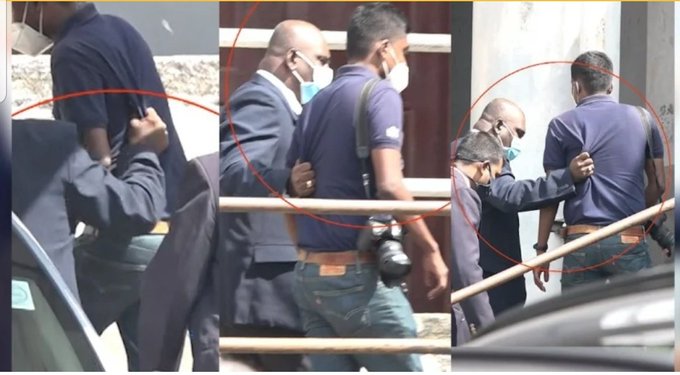
Navaly church bombing remembrance event was organized in Jaffna amidst many intimidation and harassment and heavy military and Police presence during the event. In Batticaloa a protest organized by the families of the disappeared was stopped by Police based on a court order. Angulana Police arrested and legal actions were taken against a group of women who voluntarily handed them over to Police for pelting stones at Angulana Police station for alleged prejudice of the Police regarding a case of killing of a civilian in the area by a Police officer. Sri Lankan migrant workers were attacked by the Jordanian police during a protest allegedly at the request of the Sri Lankan embassy.

Several newspapers published malicious and false content regarding civil society organizations. A state owned newspaper published an article proposing that NGOs should be banned from doing work except providing welfare related services. Divaina newspaper proposed that investigations should be launched into two major NGOs in Sri Lanka, and accused that Amnesty international has appointed a researcher to support Islamic extremists. Another article published by the same newspaper named list of civil society organizations as pro-LTTE and attempted to make derogatory remarks at those who organized side events at UNHRC session on Sri Lanka in Geneva. PM Mahinda Rajapaksha speaking at a politically rally stated that under the new government special attention will be paid on NGOs and their finances.
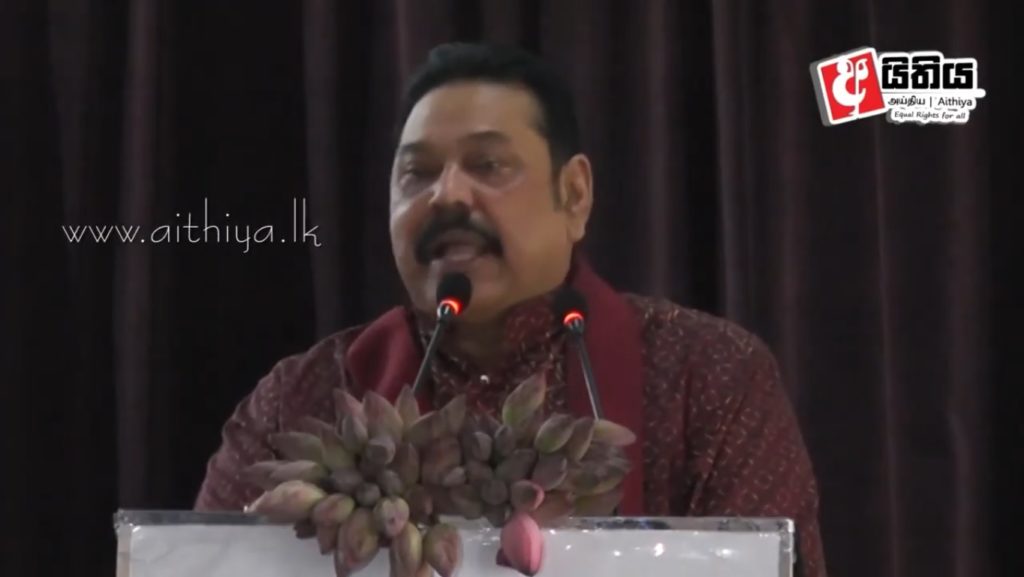
A legal academic was forced to resign from his job at the University as the university administration prevented him from appearing in private legal cases. The university administration has taken the decision under the influence of Sri Lanka army, as the academic was appearing for victim’s families in a case of enforced disappearances, where army is implicated. A key investigator on crimes during previous regime was arrested. There were several cases that police officers and others have been assaulted during their duty.
A business person who complained to the Police regarding demanding money from him by a political candidate was threatened again. A politician who went to observe a development project was assaulted by the staff of a private business who have undertaken the project. Houses belonging to a group of estate workers were pelted with stones for refusing to attend a political meeting. President issued the gazette calling for armed forces same as the previous months. Continued militarization and additional powers offered to military could create fear among those who have dissenting views.
Click here to download the full report
5. Statistical Analysis
| Location | Number | Percentage |
| Colombo district (Western Province) | 9 | 26% |
| Gampaha and Kalutara (Western Province) | 2 | 6% |
| North and East Provinces | 7 | 21% |
| Other areas | 8 | 24% |
| Not Applicable | 7 | 21% |
| Abroad | 1 | 3% |
| Total | 34 | 100% |
Table 1: Geographical location of the incident
There were 34 incidents reported this month. 26% of them were from Colombo district in Western Province. Another 6% of incidents were reported from the other districts in Western Province. 21% were reported from North and East provinces. 24% of the cases were reported from other districts. 1 case (3%) was reported from abroad. In 21% of cases, geographical location was considered not applicable as they usually applied more than one geographical district.
| Ethnicity of the victim | Number | Percentage | Gender of the victim | Number | Percentage |
| Sinhala | 16 | 64% | Female | 1 | 6% |
| Tamil | 9 | 36% | Male | 17 | 94% |
| Total | 25 | 100% | Total | 18 | 100% |
Table 2: Ethnicity and gender of the victims
When ethnicity and gender was looked at, only in 25 cases and 18 cases ethnicity and the gender could be applied respectively. 64% of the Sinhala persons and 36% of Tamil persons were victims. There was only one female victim when individual cases were considered. While groups were generally considered as incidents that gender is not applicable as both men and women participated, on the other hand more women included in these groups. Especially in another 4 cases covered under the theme freedom of assembly women were the major group of persons who were affected.
| Type of violation | Number | Percentage |
| Killings and suspicious deaths | 1 | 3% |
| Physical attacks | 7 | 21% |
| Arrest | 2 | 6% |
| Verbal or written threats | 6 | 18% |
| Censorship / restrictions on media | 3 | 9% |
| Court order | 2 | 6% |
| Military/police questioning | 3 | 9% |
| Intimidation | 1 | 3% |
| Legal, institutional and policy actions | 6 | 18% |
| Others | 3 | 9% |
| Total | 34 | 100% |
Table 3: Type of violation
When types of violations were considered 21% highest percentage of incidents were relating to physical attacks. Secondly and thirdly 18% each were verbal and written threats and legal, institutional and policy actions. Censorship/ restrictions on media, and questioning by military and police were 9% of incidents under each category. There were also 6% of arrests, 6% of court orders, one murder (3%) and another one (3%) on intimidation. There were also 9% of other cases.
| Type of victims | Number | Percentage |
| Journalist | 6 | 18% |
| Civil Society Activists | 6 | 18% |
| Protestors | 3 | 9% |
| State officials | 11 | 32% |
| Politicians | 2 | 6% |
| Other | 6 | 18% |
| Total | 34 | 100% |
Table 4: Type of victims
When type of victims were analyzed there were 32% of state officials, 18% of journalists, and 18% of civil society activists. In addition, there were 9% of protestors, 6% of politicians and 18% belonging to other categories.
| Perpetrator/ Responsible party | Number | Percentage |
| Military and Police | 9 | 26% |
| Government and officers | 5 | 15% |
| Politicians | 4 | 12% |
| Court | 3 | 9% |
| Newspapers | 4 | 12% |
| Drug related suspects and underworld | 4 | 12% |
| Civilians | 3 | 9% |
| Others | 2 | 6% |
| Total | 34 | 100% |
Table 5: Type of perpetrator or responsible party
In 26% of cases, military and Police were the responsible party, while in 15% of cases government or related authorities or state officials were responsible. In another 12% of cases politicians were responsible. Drug related suspects and underworld were also responsible in 12% of cases. In 12% of cases newspapers published content that intended to attack civil society undermining space for dissent. In 9% of cases it was the judiciary where mainly court orders and legal actions were used against protestors.
Click here to download the full report

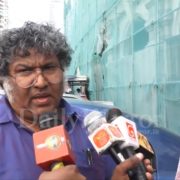
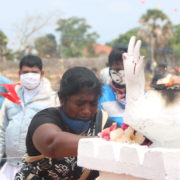
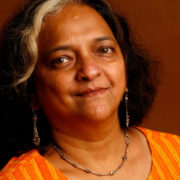
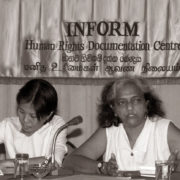
Comments